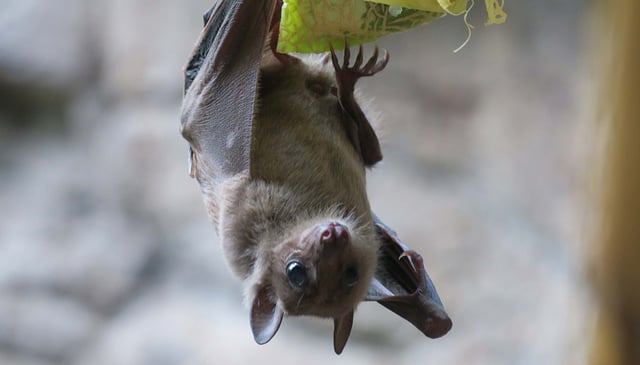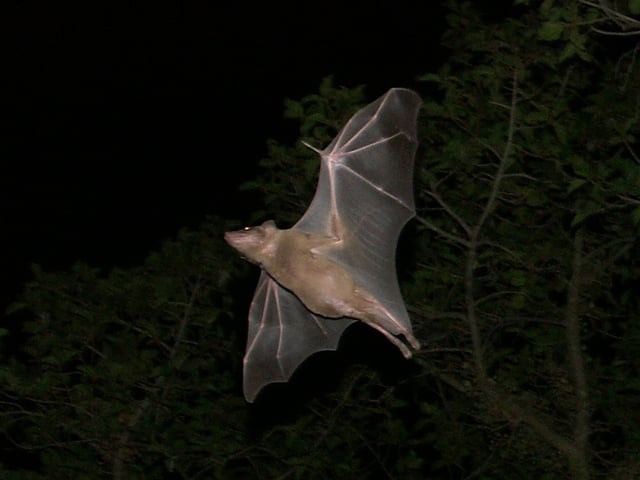Overview
- Using wireless high-density silicon probes, researchers recorded activity from hundreds of hippocampal neurons and local field potentials in freely flying Egyptian fruit bats
- During rest, bats generated time-compressed forward and reverse replays of flight paths coinciding with sharp-wave ripples, each lasting the same fixed duration regardless of trajectory length
- Replay events often emerged at locations that were spatially and temporally distant from the original flights, and their instantaneous speed scaled with path length, diverging from rodent-based models
- In flight, decoded spatial representations swept ahead of the bats’ position at the 8 Hz wingbeat rhythm without continuous theta oscillations
- Findings challenge existing hippocampal ensemble dynamics derived from rodent studies and underscore the role of sensorimotor rhythms in memory and navigation with implications for human memory research and neurological therapies

